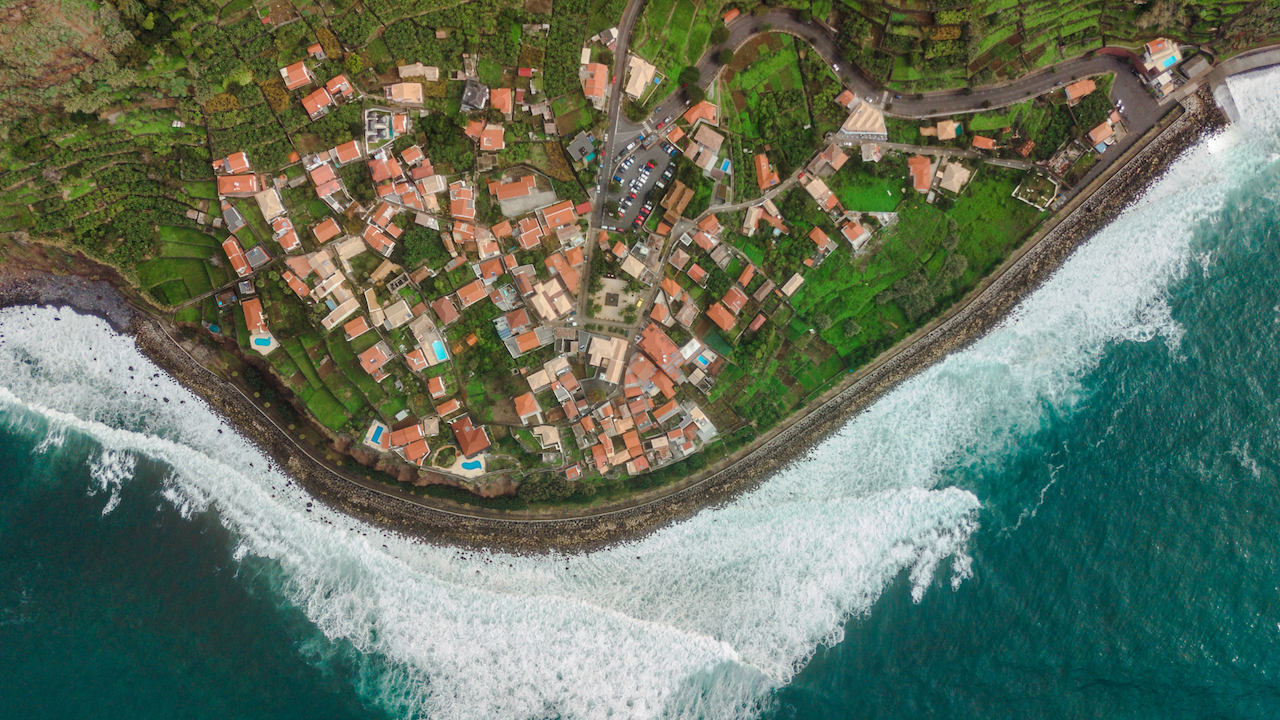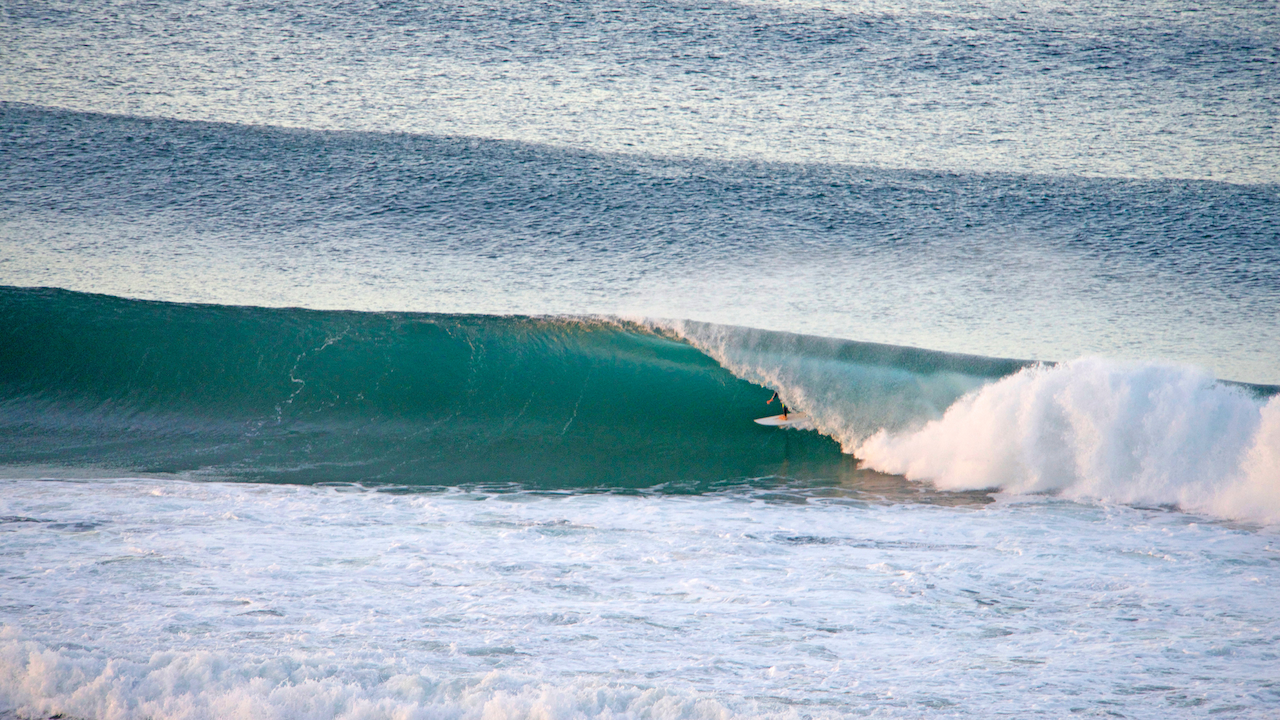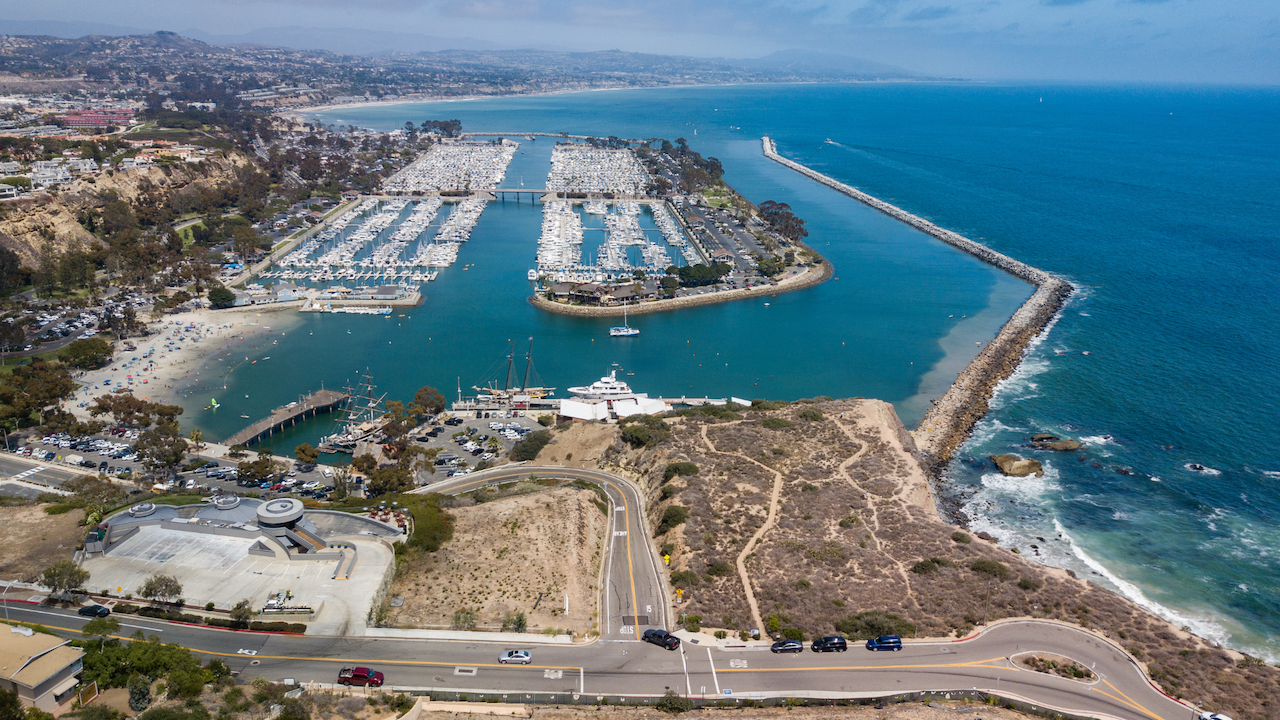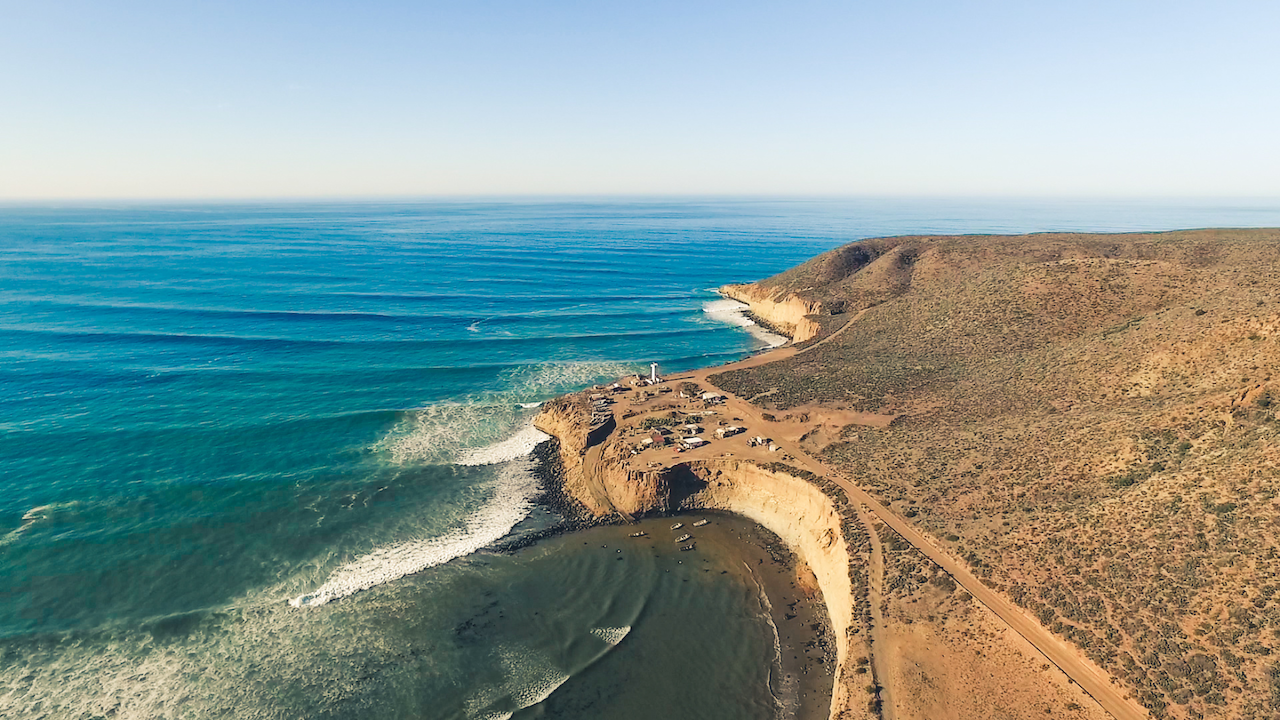As surfers, we’re used to constant change. We check our local daily, incessantly even. Studying the various conditions and intricacies that make it tick. There are hundreds, even thousands, of swell, wind, and tide combinations, not to mention sandbanks, swell angle, period, and seafloor mechanics.
But while change makes surfing special, what if your local changed completely or even disappeared entirely? While this is a frightening thought and nothing more than a nightmare for most of us, there are countless examples of this happening. Whether by natural disasters or large-scale construction projects, surfing has lost its fair share of world-class waves.
Table of Contents
Bruces Beauties - South Africa
Bruce’s dreamy righthand walls sparked somewhat of a surf travel revolution after “Endless Summer” was released in 1994, with surfers flocking to South Africa to sample a piece of the perfection for themselves. However, a wave that once rivaled the neighboring J-Bay has all but disappeared.
A dune stabilization project prevented the offshore winds from grooming the sandbanks, making an already rare gem even rarer. While Bruces does break today, it needs a super specific combination of swell, sand, and wind to come alive. However, even the best days are a shadow of their former selves.

Jardim Do Mar - Portugal
Jardim Do Mar in Madeira, Portugal, was and still can be an incredible wave–a big wave pointbreak rideable from 2ft to 25ft. However, due to the 30ft extension of the seawall in 2011, it now breaks almost directly onto huge boulder blocks. The wave was intimidating before the extension but is now un-surfable unless it’s 4ft +, and even then, you can only surf it for two hours around low tide. For more information, check out my full guide to surfing in Madeira.

Kirra - Australia
In recent years, Australia’s dreamiest pointbreak has returned to life, although not to the level of its heyday. Once a perfect dredging sand bank, Kirra virtually disappeared when the Tweed River Dredging Project began. But while Kirra was lost for the best part of two decades, the Superbank was created–a rare case in which coastal modification has destroyed and created a world-class wave simultaneously.

Sebastien Inlet - Florida
A wave that shaped the surfing of Kelly Slater and the Hobgood brothers, Sebastien was a super fun, wedging right, with tubes and turn sections aplenty. The wave provided something of substance to the otherwise wave-starved Floridian coast. Unfortunately, the wave almost disappeared overnight thanks to the seawall restoration on the recreational boat harbor next to the wave.

Fukushima - Japan
While the waves of Fukushima haven’t changed, what was once one of Japan’s best waves is now un-surfable. In 2011, a devastating tsunami hit Japan’s west coast, resulting in one of the worst nuclear disasters since Chornobyl. The radiation from the disaster caused mass evacuation from Fukushima, and an exclusion zone is still in effect today. Now, nobody lives within 20-30km of the area, let alone ride waves there.
Killer Dana - California
Perhaps the first and most famous case of wave extinction. Back in the 60’s Killer Dana was one of California’s best right points, even Southern California’s answer to Rincon. It was a cultural surfing hub, until 1965, when, unfortunately, a harbor wall was built directly though the line-up. Despite protests by the local surfing community, the construction went ahead and the wave never broke again.

Harry’s - Mexico
Baja has countless off-the-beaten track point breaks, a true adventure surf destination. But what most don’t know is that one of the peninsular’s best waves was destroyed. What was once a solid, powerful, throaty righthander was buried beneath a huge liquid gas terminal. While this is tragic, thankfully the region has plenty more world-class waves. Check out my full guide to surfing in Mexico.

Final Words
We’ve lost some amazing waves over the years, whether through natural disasters or construction; countless examples remind us how lucky we are to ride waves and how quickly that privilege can be taken away. while these waves may have been lost, there are many breaks around the globe, that are under threat, but still not lost, yet! For more information on what can be done to save some of these surf breaks, check out Save the Waves.
